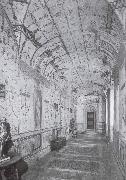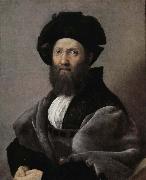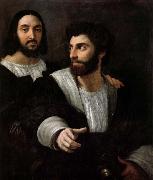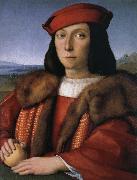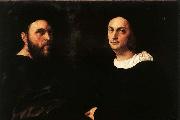
Pintura
al óleo, una gusto verdadero de los viejos maestros
|
|
|||
|
RAFFAELLO Sanzio
|
|||
| Italian High Renaissance Painter, 1483-1520 | |||
|
|
|||

| |||
|
|
|||
|
|
|||

| |||
|
|
|||
|
|
|||

| |||
|
|
|||
|
|
|||

| |||
|
|
|||
|
|
|||

| |||
|
|
|||
|
|
|||
| Artista Previo Próximo Artista | |||





